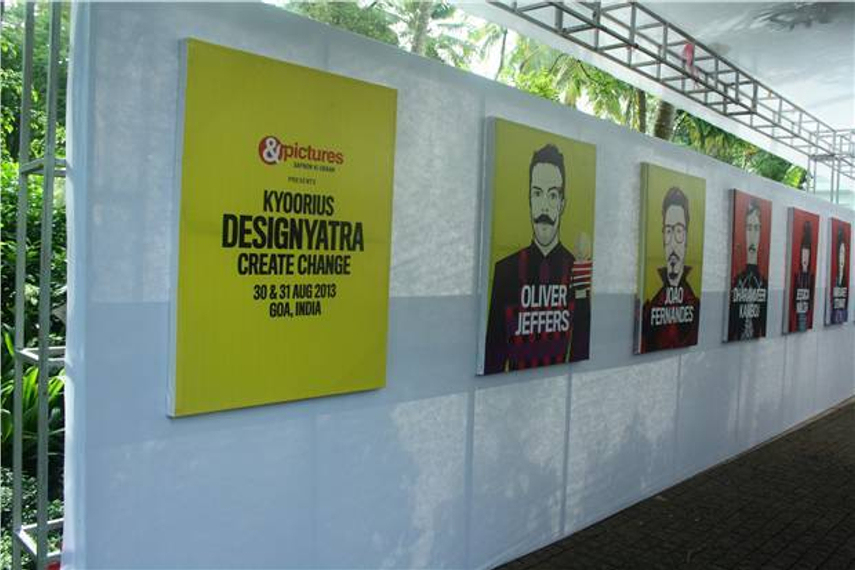
Please sign in or register
Existing users sign in here
Having trouble signing in?
Contact Customer Support at
[email protected]
or call+91 022 69047500
Designer and consultant Paul Hughes took the audience through '10 meters of thinking'

Contact Customer Support at
[email protected]
or call+91 022 69047500
Top news, insights and analysis every weekday
Sign up for Campaign Bulletins
It is easy to get trapped in nostalgia. But Famous Innovations’ creative head cautions that brands and agencies need to maintain a fine line between cultural tribute and creative redundancy.
Heineken, Heineken 0.0, and Heineken Silver are covered under the deal's scope.
'Silicon Valley’s favourite ad man' is honoured by friends and colleagues.
The appointment follows a closed process across several global markets.